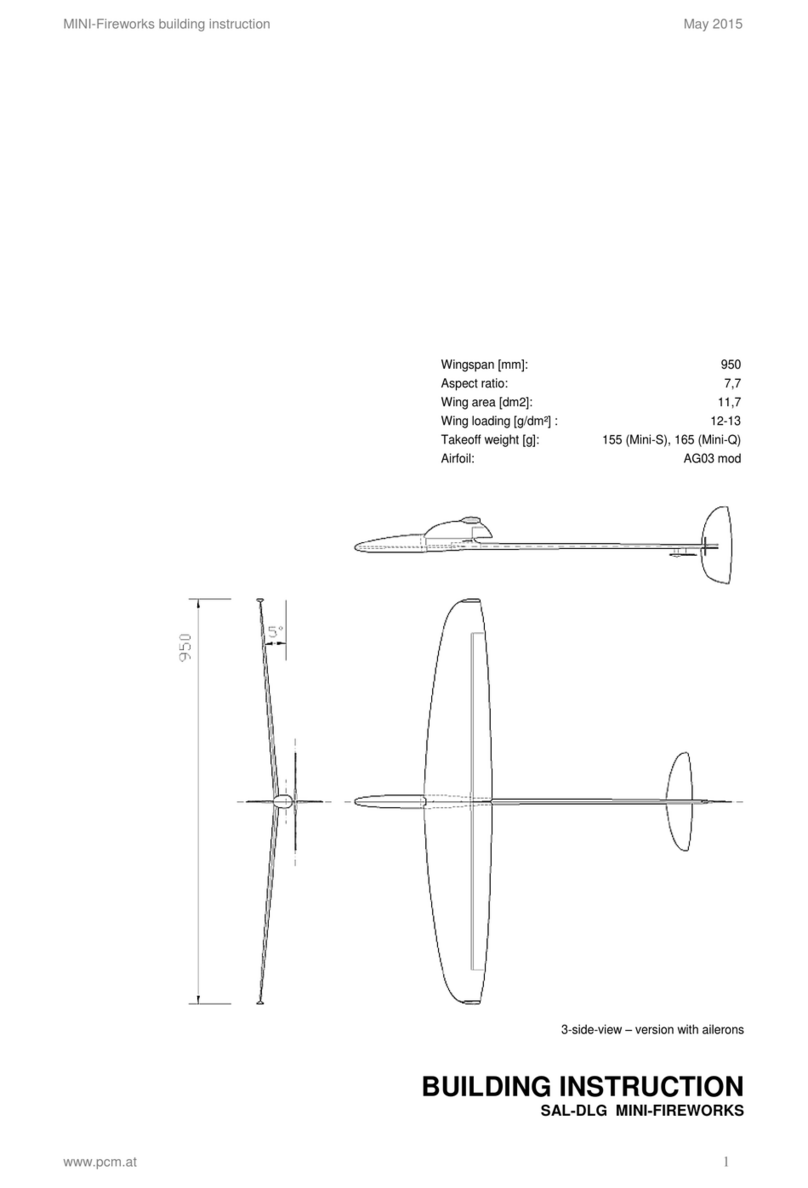PCM Erwin XL User manual
Other PCM Toy manuals

PCM
PCM ERWIN XL slope User manual
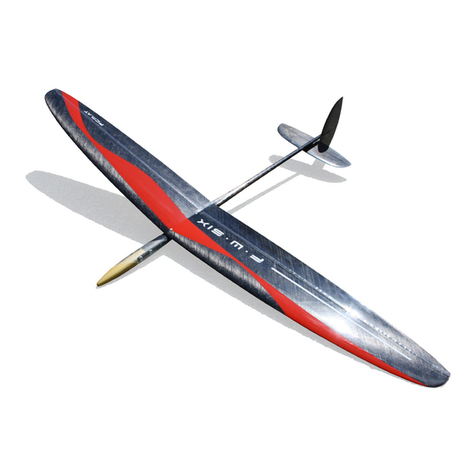
PCM
PCM FW6 Instruction Manual
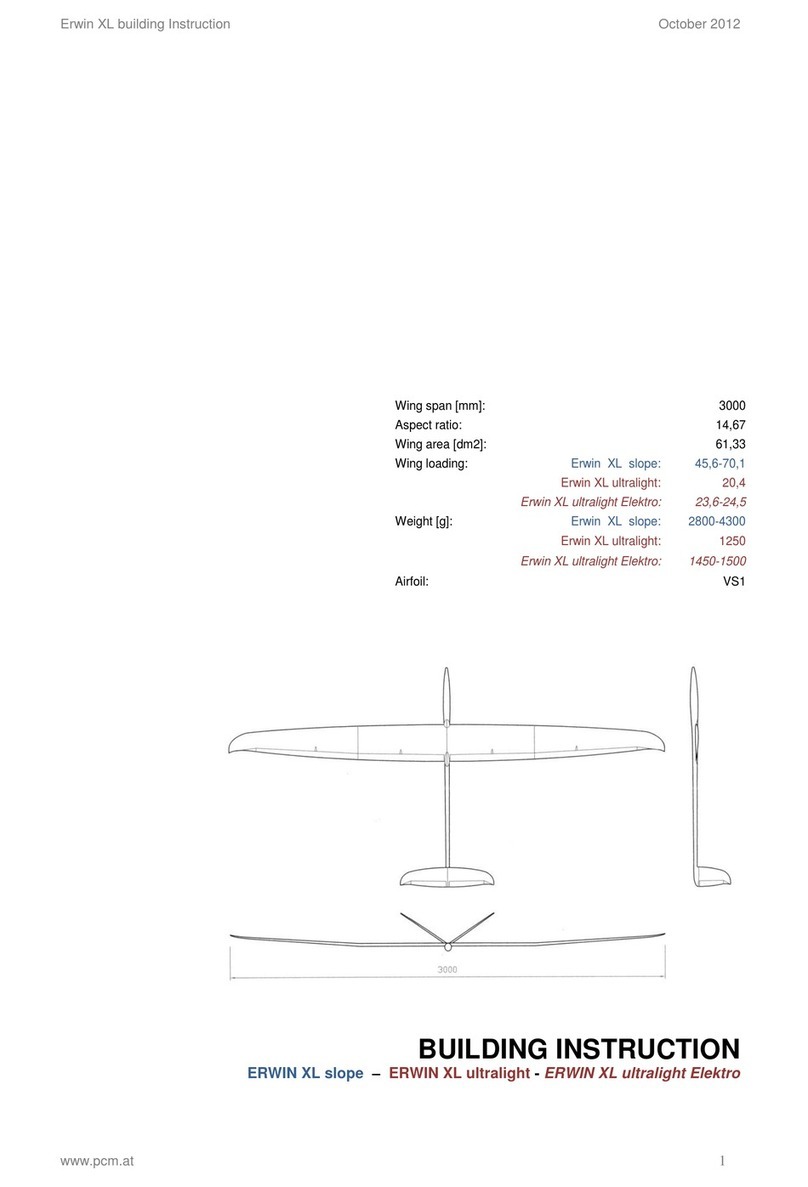
PCM
PCM ERWIN XL slope User manual

PCM
PCM GLIDER MINI-RACE User manual
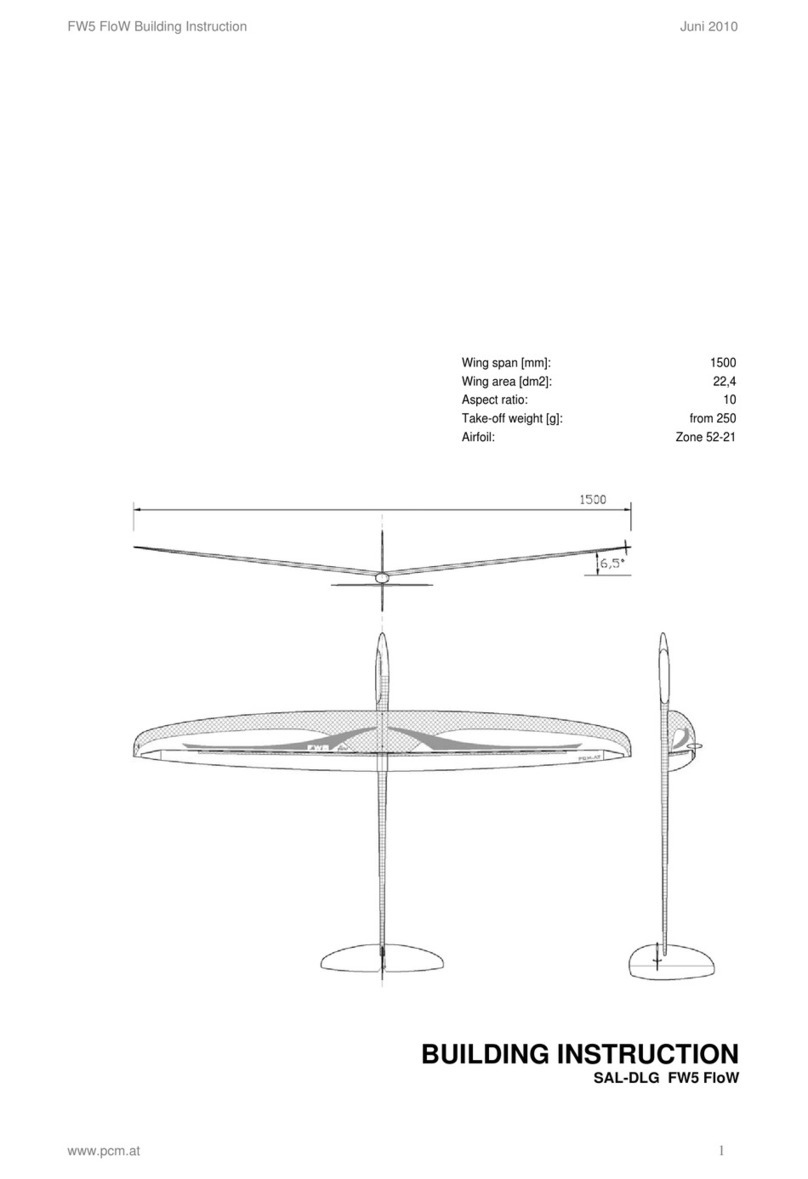
PCM
PCM FW5 FloW Instruction Manual
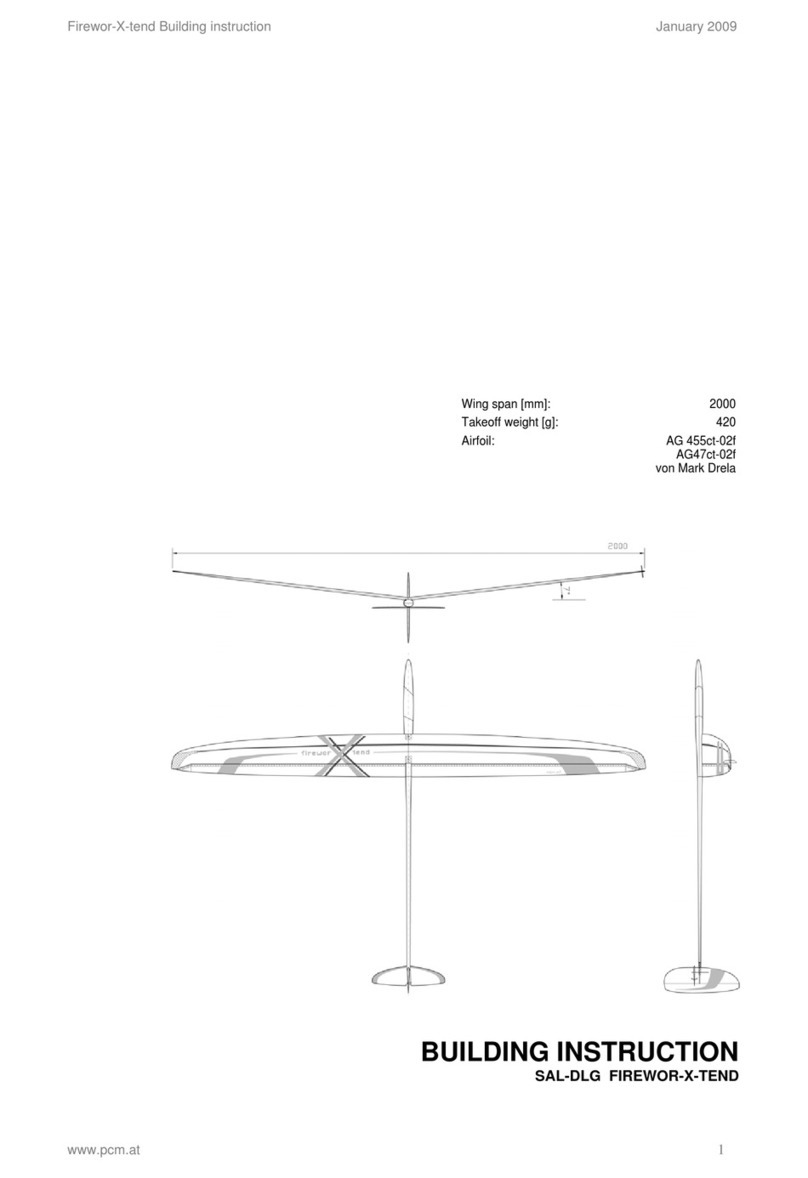
PCM
PCM SAL-DLG FIREWOR-X-TEND Instruction Manual
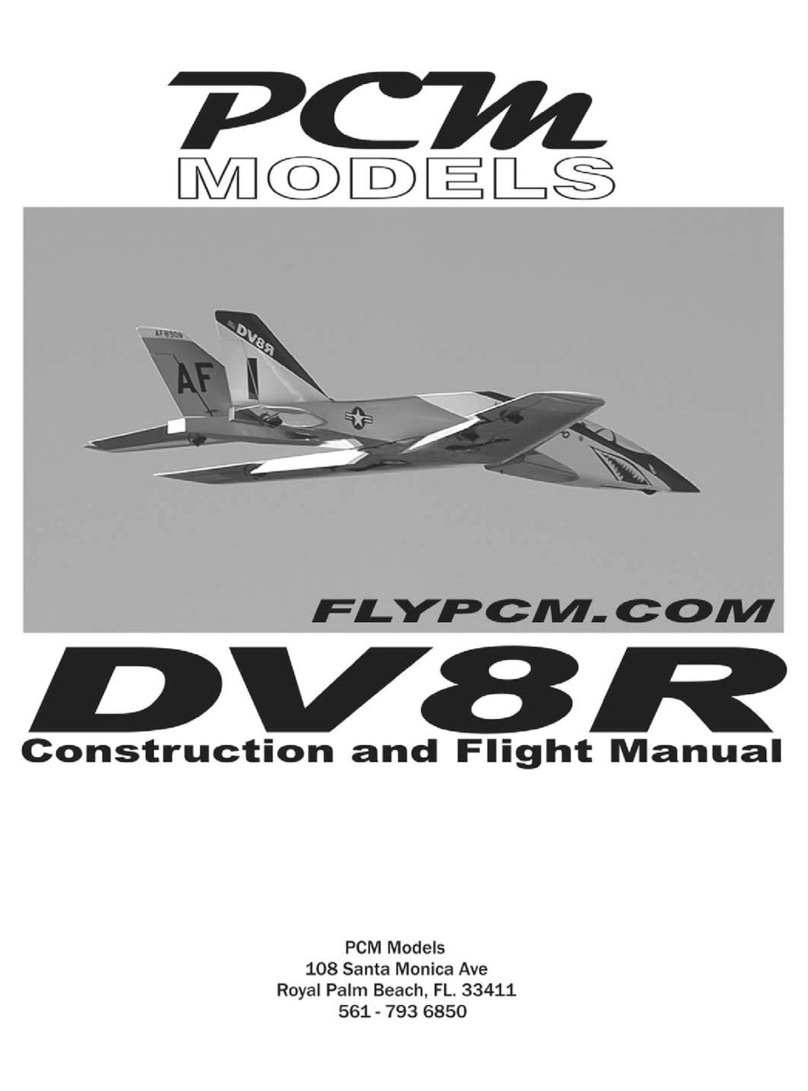
PCM
PCM DV8R Technical specifications

PCM
PCM ELVIRA User manual

PCM
PCM Erwin XL Ultralight Electro User manual
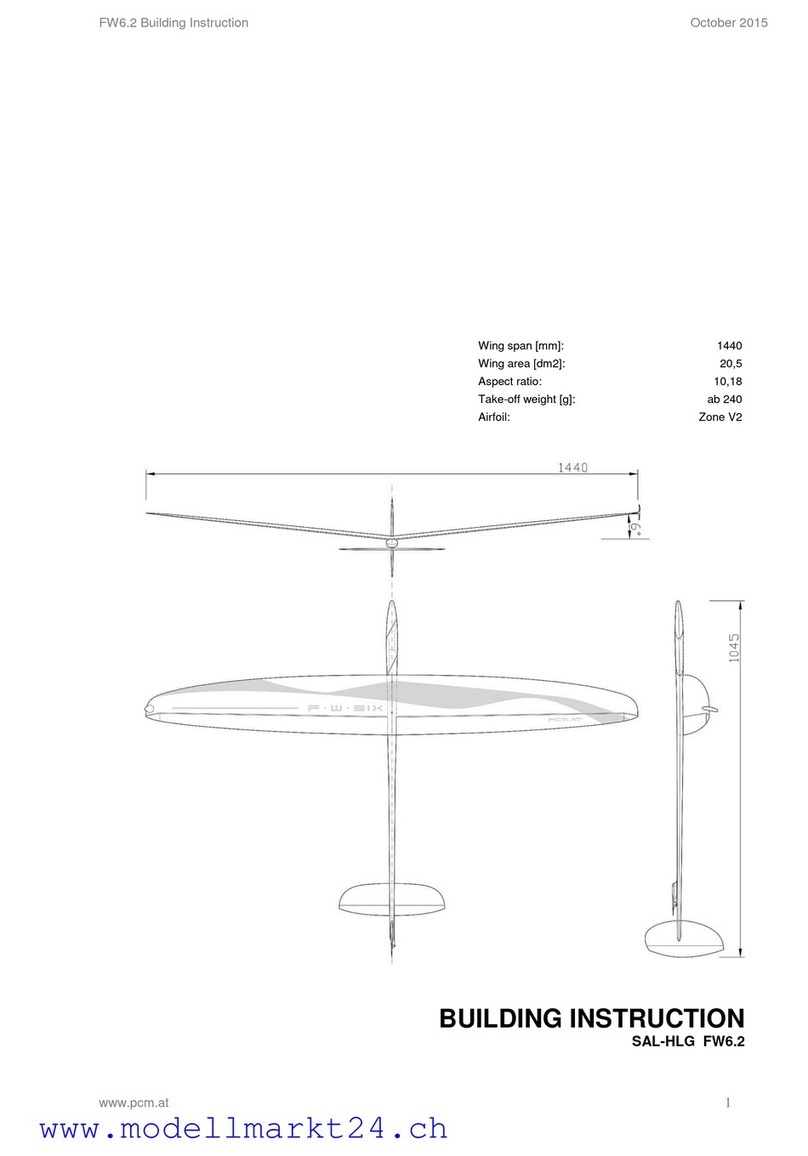
PCM
PCM FW6.2 User manual
Popular Toy manuals by other brands

FUTABA
FUTABA GY470 instruction manual

LEGO
LEGO 41116 manual

Fisher-Price
Fisher-Price ColorMe Flowerz Bouquet Maker P9692 instruction sheet

Little Tikes
Little Tikes LITTLE HANDIWORKER 0920 Assembly instructions

Eduard
Eduard EF-2000 Two-seater exterior Assembly instructions

USA Trains
USA Trains EXTENDED VISION CABOOSE instructions
